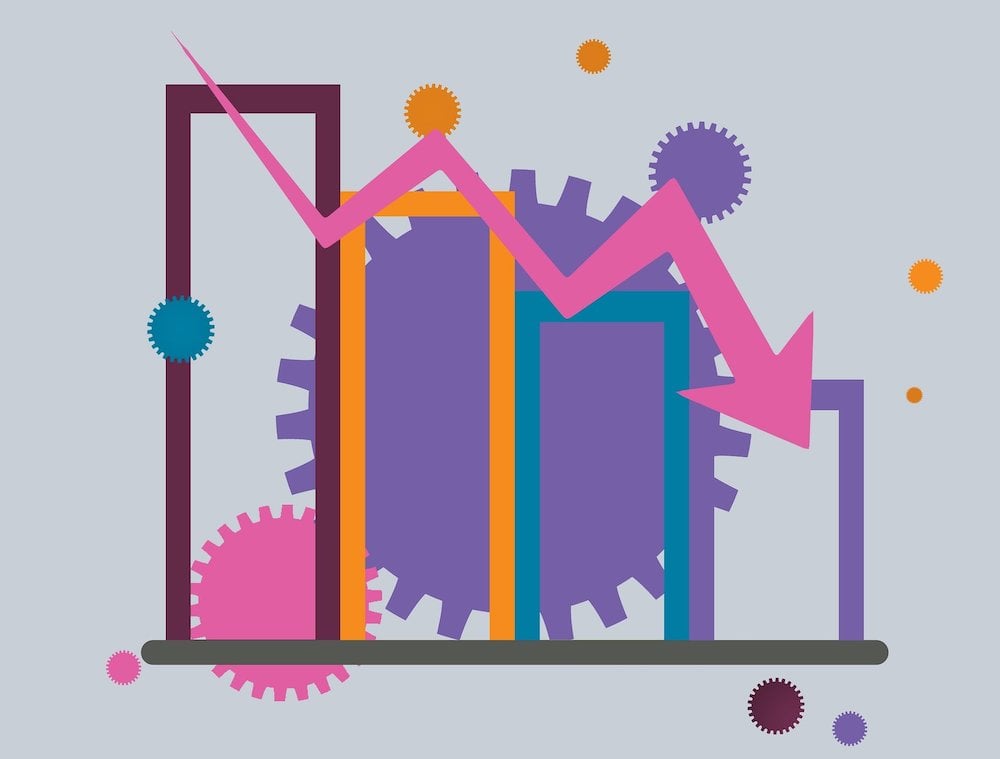

Data Visualization Tools- Looker vs. Tableau
Data visualization is essentially storytelling with a purpose and is much-needed in the age of big data. Read how Looker and Tableau compare.


Data visualization is the graphical representation of data and information. By using visual elements like maps, graphs, charts, tables, infographics, and dashboards, data visualization software offers an accessible path to view and understand patterns, outliers, and trends in data.
Given how we created an astonishing 2.5 quintillion bytes of data daily in 2020 (yes, 18 zeroes!), data visualization software and technologies are an important component of businesses today, as they facilitate data-driven decisions by analyzing data.
Data visualization is essentially storytelling with a purpose and is much-needed in the age of big data. Data visualization tools help you:
In this article, you will learn about Looker and Tableau’s data visualization tools.
Also read: Data Democratization: Key Strategies for Your Business
Data visualizations by Looker and Google Cloud enable you to tell better and brighter stories with your data, effectively helping you bring insights to life. By turning data into insights, you can make better business decisions.
Pricing: You can test-drive a Looker dashboard and experience the data visualization tool in action. Request a quote by filling out a simple form.
Tableau Desktop provides limitless data exploration through an intuitive and dynamic interface, encouraging data-driven decision making, creativity, and curiosity. You can employ statistical modeling with a click, powered by artificial intelligence (AI); create visualizations with a simple drag-and-drop mechanism; and ask questions using natural language.
Pricing: Tableau Desktop is a part of the Tableau Creator package and is billed annually at $70 per user, per month. The package also includes Tableau Prep Builder and a solitary Creator license on Tableau Online.
We compared the data visualization tools on a head-to-head basis:
| Features | Looker | Tableau Desktop |
| Ability to Understand Needs | ✔ | |
| Pricing Flexibility | ✔ | |
| Ease of Deployment | ✔ | |
| Availability of Third-party Resources | ✔ | |
| Ease of Integration Using Standard Tools and APIs | ✔ | |
| Quality of End-user Training | ✔ | ✔ |
| Interactive Visual Exploration | ✔ | |
| Analytics Dashboards | ✔ | |
| Publishing Analytic Content | ✔ | |
| Embedding Analytic Content | ✔ | |
| Governance and Metadata Management | ✔ | |
| Data Source Connectivity | ✔ | |
| Security and Use Administration | ||
| Self-service Data Preparation | ✔ | |
| Ease of Use for Content Creators and Consumers | ✔ | ✔ |
| Service and Support | ✔ | |
| Willingness to Recommend | ✔ | |
| Overall Capability Score | ✔ |
From the above table, it is evident that Looker is a versatile data visualization tool. While Looker is the preferred consumer choice, Tableau Desktop also provides several noteworthy features that make it a solution worth surveying.
Analyze both data visualization software and purchase the solution that best meets the use cases of your organization. Determine their features and pricing, go through honest customer reviews (both positive and negative), and request a product demo if necessary.

Enterprise Networking Planet aims to educate and assist IT administrators in building strong network infrastructures for their enterprise companies. Enterprise Networking Planet contributors write about relevant and useful topics on the cutting edge of enterprise networking based on years of personal experience in the field.
Property of TechnologyAdvice. © 2025 TechnologyAdvice. All Rights Reserved
Advertiser Disclosure: Some of the products that appear on this site are from companies from which TechnologyAdvice receives compensation. This compensation may impact how and where products appear on this site including, for example, the order in which they appear. TechnologyAdvice does not include all companies or all types of products available in the marketplace.